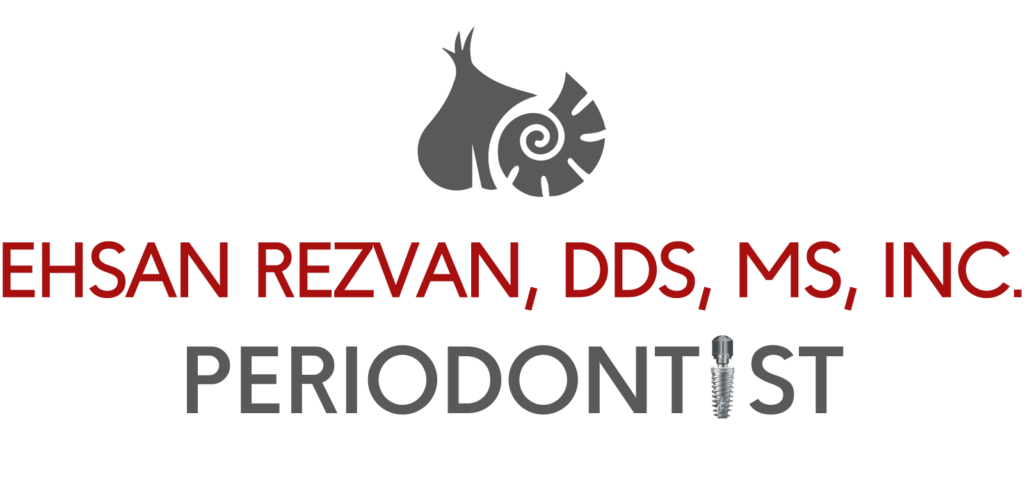What’s All the BUZZ About?
When considering electric versus manual toothbrushes, there are pros and cons for each style. It ultimately comes down to what will keep your teeth clean and your mouth healthy.
Both electric and manual toothbrushes remove harmful plaque that can cause decay and disease. But which brush is right for you? Let’s take a look at the benefits and negatives of both electric and manual toothbrushes.
Let’s start with the good.
One of the best things about electric toothbrushes is that they do most of the work for you. The motor powers the bristles to remove plaque buildup from your teeth and gums through slight vibrations and rotations. The tiny movements made by the vibration are gentle but effective—they will clean your teeth and gums without irritating the gum line or causing recession.
This is especially helpful to anyone suffering from:
- Carpal tunnel
- Arthritis
- Developmental disabilities
The motor may also make an electric toothbrush seem like a fun toy for kids! And if it’s fun, they’re more likely to do it.
Another way electric toothbrushes help us make sure we do a good job is with their built-in timer. Many dentists find that while a patient might brush twice a day, every day, they do not brush for long enough each time. Instead of relying on counting into the hundreds, or singing “Happy Birthday” twice, you can let the toothbrush count down to zero.
In addition to the personal benefits of electric toothbrushes, they can also help the Earth by limiting plastic waste. The American Dental Association recommends replacing your toothbrush at least every three to four months. If you use an electric toothbrush, all you have to replace is the head.
Manual toothbrushes are a tried and true way of preventing gingivitis that have their own set of benefits. Primarily, they are easily accessible and equally affordable. You can find manual toothbrushes at grocery stores, gas stations, dollar stores, pharmacies, and more.
When it comes to taking good care of your teeth, there really aren’t any negatives. But if you are wondering which brush to use, here are some factors you can keep in mind.
Electric toothbrushes are expensive, with prices up to just under $300. In addition to the brush, you will need to purchase replacement brush heads (which range from $10-$45) and potentially batteries, unless your brush comes with a charging port. The need for a charger can also be inconvenient if you are a frequent traveler.
Manual toothbrushes are harder to control. If you are heavy-handed, the hard bristles of a manual brush can hurt your gums and cause them to recede. Because the head is also typically larger, you may not get every nook and cranny where particles can hide. It’s also harder to keep track of how long you’ve been brushing without the help of a built-in timer.
Both types of toothbrushes do an effective job of cleaning your teeth as long as you use them properly and regularly. One of the first lessons in dental hygiene that you learn is the importance of brushing your teeth. At-home dental hygiene is critical to your overall mouth health. Maintaining good oral care and preventing plaque and tartar build up will keep your mouth healthy in the long run.
Schedule an appointment with Dr. Rezvan to find the right toothbrush for you.
No matter which brush you choose, it all comes down to keeping your teeth and mouth clean, healthy, and bacteria free. To make sure you do that successfully, here are some tips to follow:
- Don’t use a toothbrush that’s too big or too small
- Try to stick with soft-bristle toothbrushes
- Use a toothpaste that contains fluoride
- Hold the brush at a 45-degree angle
- Spend at least two minutes brushing to reach every tooth surface
- Between brushings, keep your toothbrush dry
- Floss once a day before or after brushing



